Bac Giang farmers strictly follow caring procedure in lychee production to export to US
BAC GIANG - Bac Giang lychees have long been renowned both domestically and internationally. With their special aroma, distinctive sweet, refreshing taste and eye-catching color, the local special fruit not only satisfies Vietnamese consumers but also conquers demanding markets such as Japan, Australia, Europe and especially the United States.
Amid recent situation regarding U.S. import tariffs on agricultural products, this year’s lychee production must adapt proactively to secure its foothold in this valuable market, as well as others.
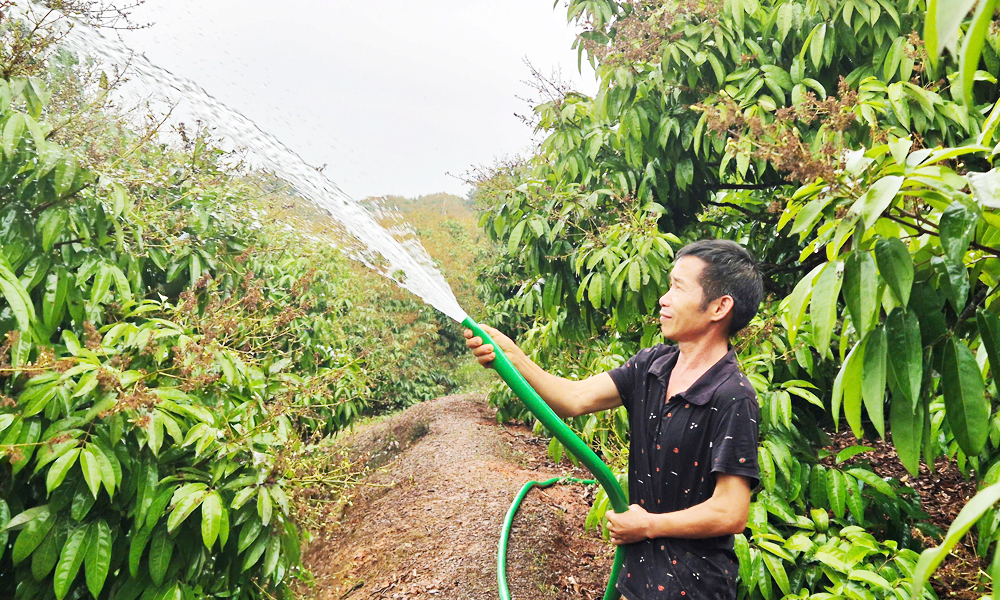 |
|
Farmer in Quat Du 2 Village in Phuc Hoa Commune of Tan Yen District takes care of lychee for export. |
Bac Giang lychees were officially exported to the U.S. for the first time in 2016, marking a significant milestone in elevating the profile of Vietnamese agricultural products on the global stage.
Although the export volume to the U.S. remains modest, it holds strategic value, demonstrating Vietnam’s capability to meet stringent technical standards and laying the foundation for deeper penetration into global distribution systems.
However, starting April 9, 2025, the U.S. has imposed a 10% import tariff on fresh fruit, including lychees.
Further, there is growing concern that this rate could rise to as much as 46%, sparking apprehension among Vietnamese exporters.
The U.S. is a high-demand market for tropical fruits, with fresh fruit imports totaling over 20 billion USD in 2024. Southeast Asian fruits account for roughly 15% of that figure, yet Vietnam's share remains relatively small.
This gap highlights significant potential for Vietnamese lychees to expand their market share.
Moreover, the growing Asian-American population in states like California, Texas, and New York is driving demand for lychees.
In addition, the steady growth of Asian grocery chains and clean-food stores is creating increasingly accessible channels for Bac Giang lychees to reach U.S. consumers.
However, to secure a place in the U.S. market, Bac Giang lychees must overcome strict barriers such as phytosanitary regulations, pesticide residue limits, mandatory irradiation treatments prior to export as well as stringent requirements for packaging, traceability, cold storage and long-haul shipping.
High logistics costs remain another pressing challenge, especially given the lychee’s short shelf life, which makes efficient transportation and storage essential — all under the added weight of new U.S. tariffs.
Faced with this serious threat, Bac Giang lychee industry must undergo a bold transformation, from cultivation to processing and export.
First, the production areas and farming processes must be standardized. Expanding VietGAP, GlobalGAP and organic-certified growing areas, applying climate-sensing technology, automated irrigation, farm management software and planning staggered harvesting are all essential steps.
Second, reducing costs while enhancing product value is critical. This can be achieved by using organic fertilizers and biological pesticides to cut input costs, and diversifying product lines rather than relying solely on fresh fruit exports.
There’s huge potential in processed lychee products such as dried lychees, lychee juice, frozen lychees, lychee jam and lychee tea. Increasing the proportion of processed exports will reduce dependence on fast logistics and ease the challenge of short shelf life.
Third, strengthening supply chain links and logistics is vital. Building sustainable partnerships among farmers, cooperatives, exporters, logistics providers and distributors can ensure product quality and cost control.
Establishing centralized raw material zones with nearby processing facilities, cold storage, and irradiation stations in northern Vietnam will help shorten transit times, reduce expenses and maintain product quality. Government support will be crucial in encouraging investment in specialized logistics infrastructure for fruit exports.
Fourth, boosting traceability and brand promotion is a must. Widespread adoption of QR codes for traceability, along with global marketing of the “Bac Giang Lychee” brand at international trade fairs and through cross-border e-commerce platforms such as Amazon and Alibaba, will strengthen the fruit’s position in overseas markets.
The U.S. import tax hike is both a wake-up call and an opportunity for proactive change. If supported in time through trade policy adjustments, infrastructure investment and market promotion — combined with the determination of farmers and businesses — Bac Giang lychees can not only retain their U.S. foothold but also expand into other premium markets.
The opportunity is still there, but it will not wait for those who lag behind. Now is the time for the lychee industry to embrace a smarter, more sustainable and globally adaptive approach.
In fulfilling its responsibilities, the Department of Agriculture and Environment has deployed staff to monitor growing areas, advice and guide farmers to strictly adhere to production protocols and provide timely updates to policymakers.
Agencies and localities are also coordinating efforts to implement synchronized measures to maintain export momentum to the U.S. and other markets during this lychee season.
 Bắc giang
Bắc giang
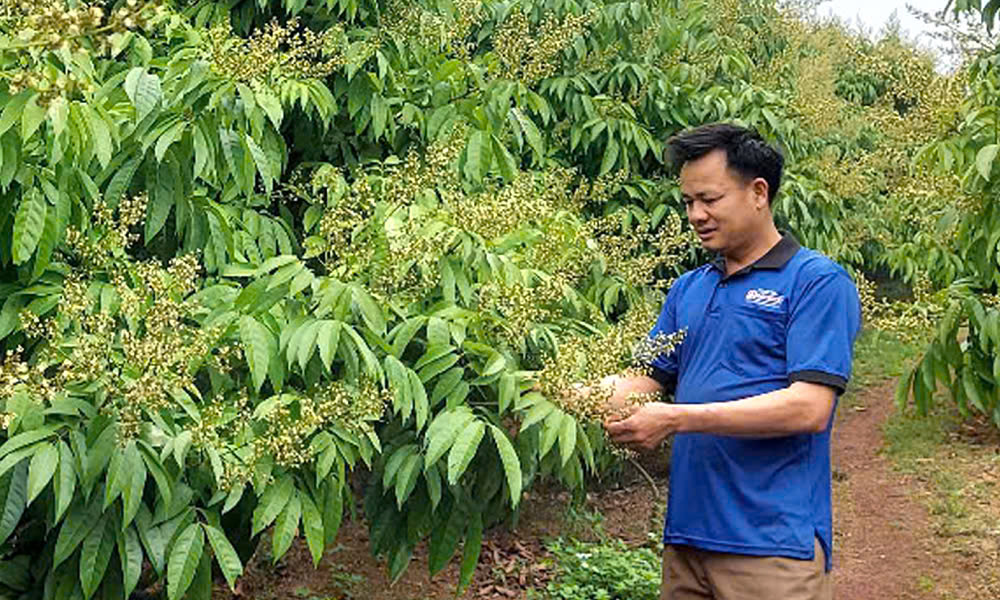

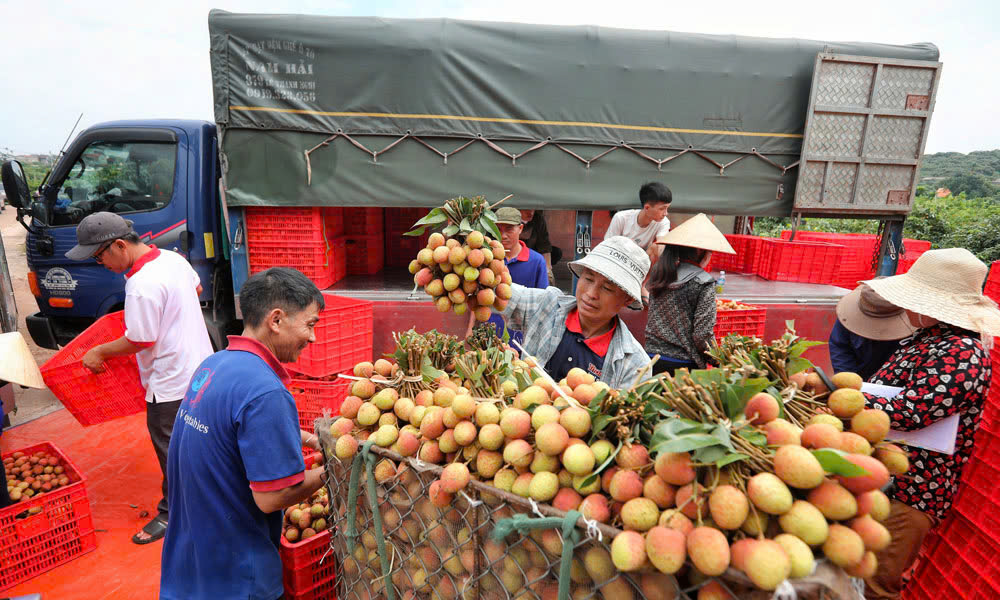

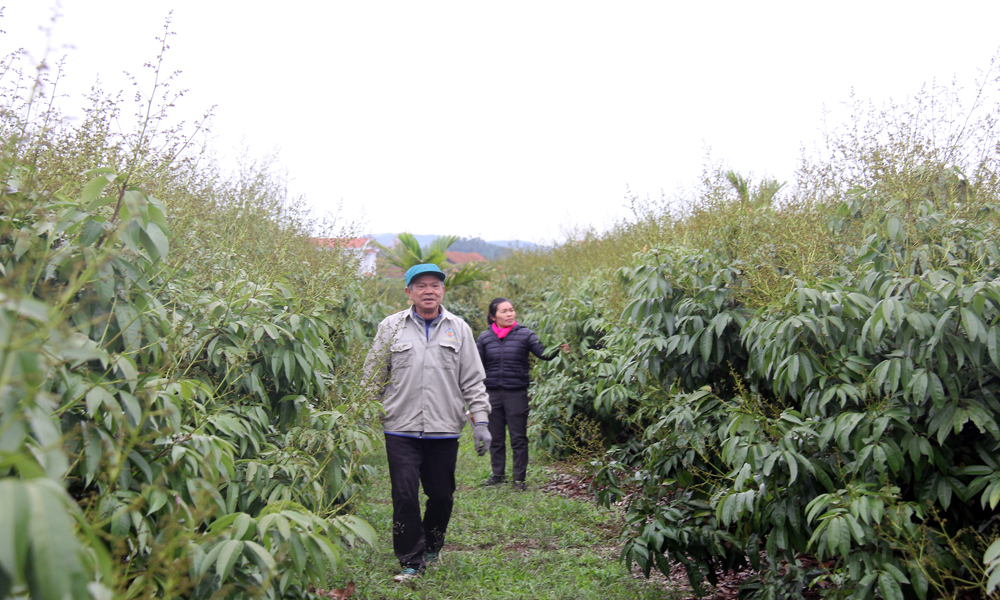
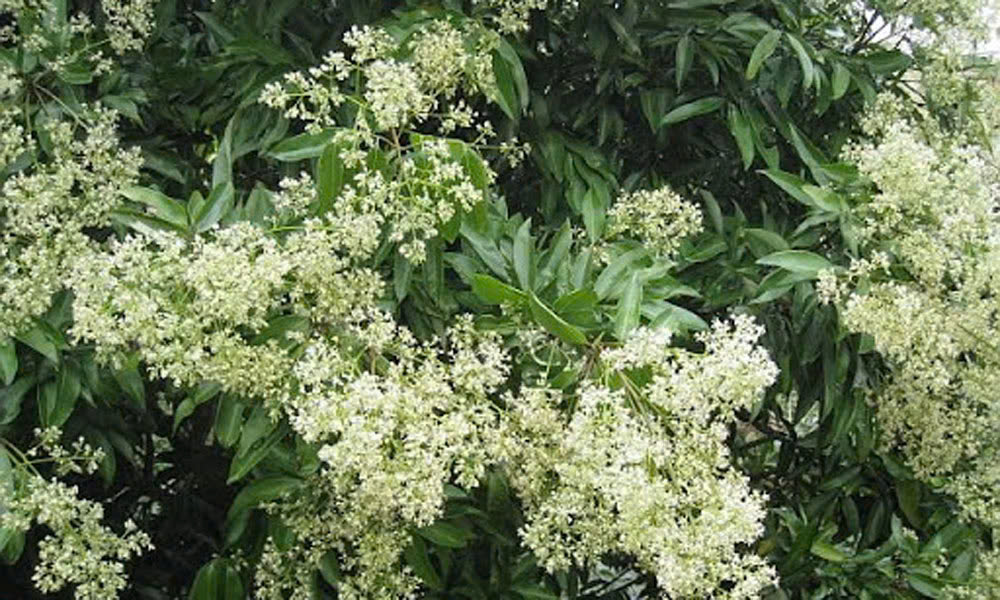
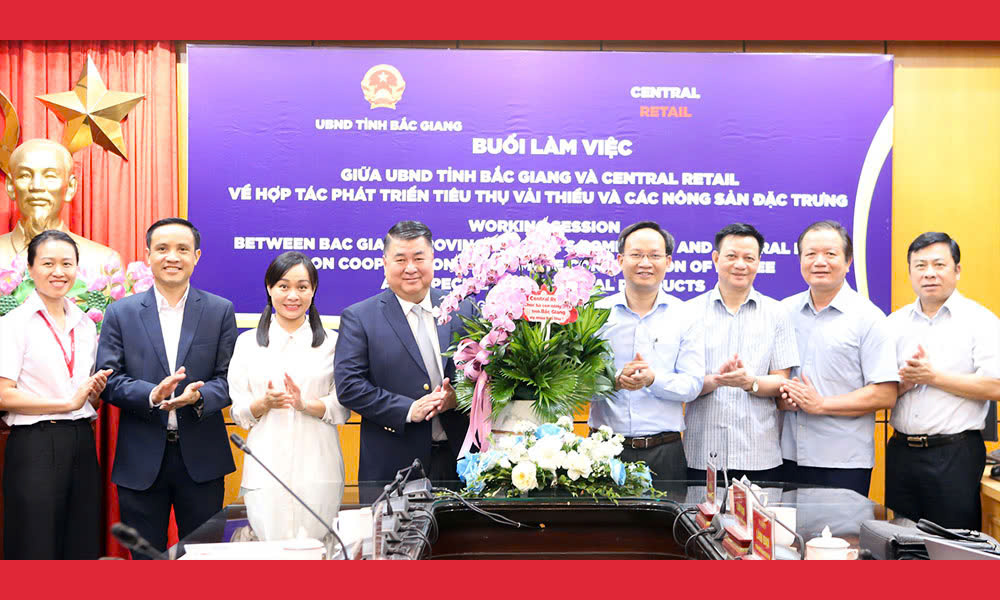
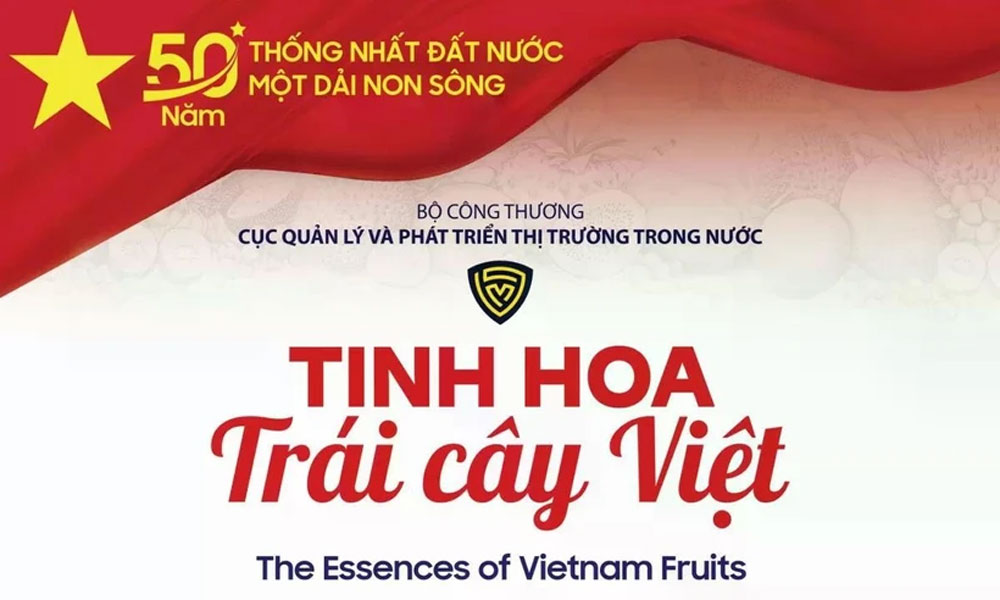
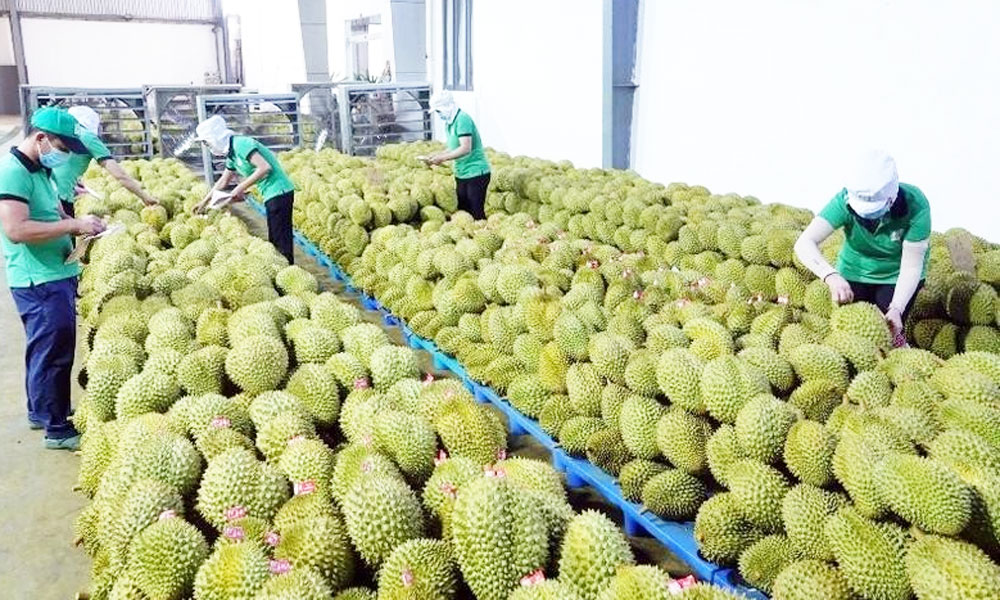
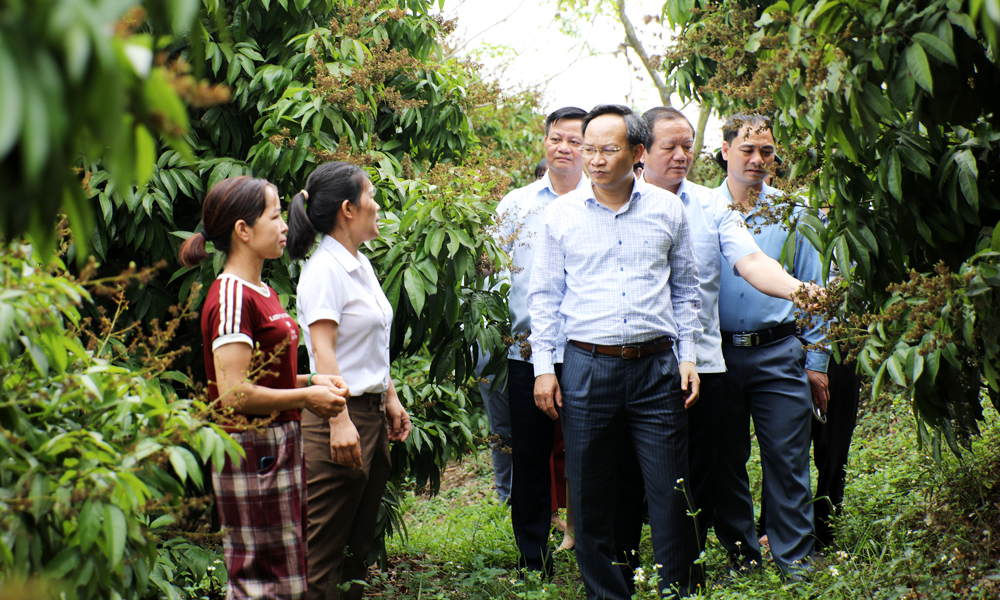

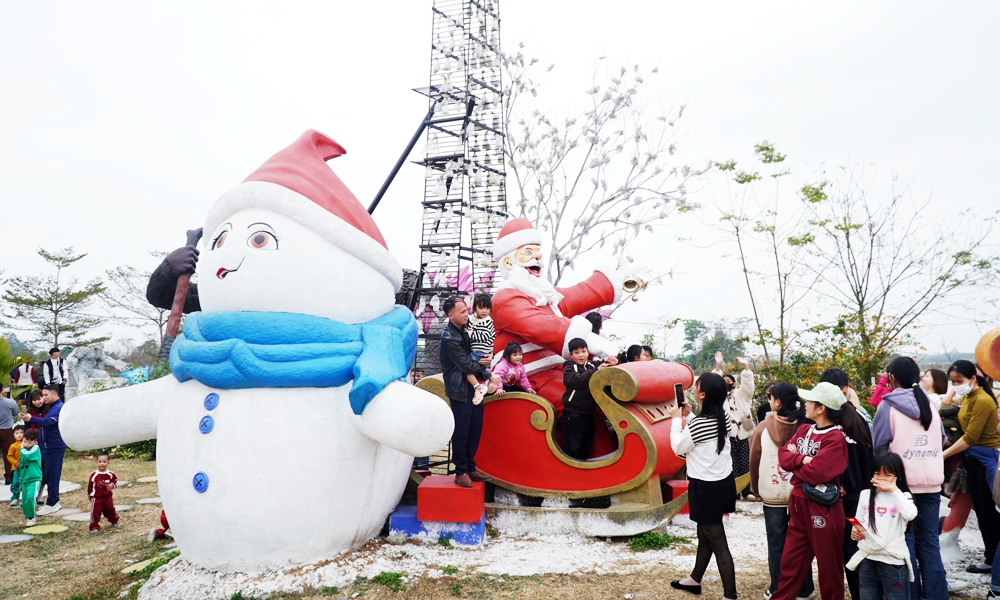

Reader's comments (0)